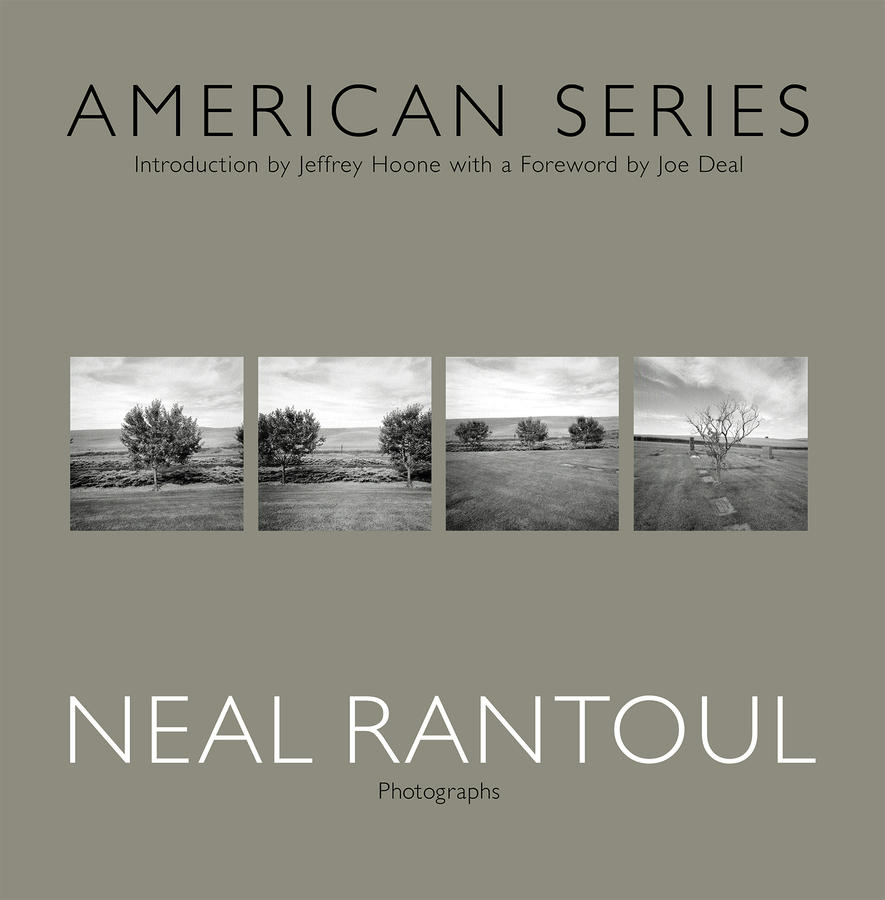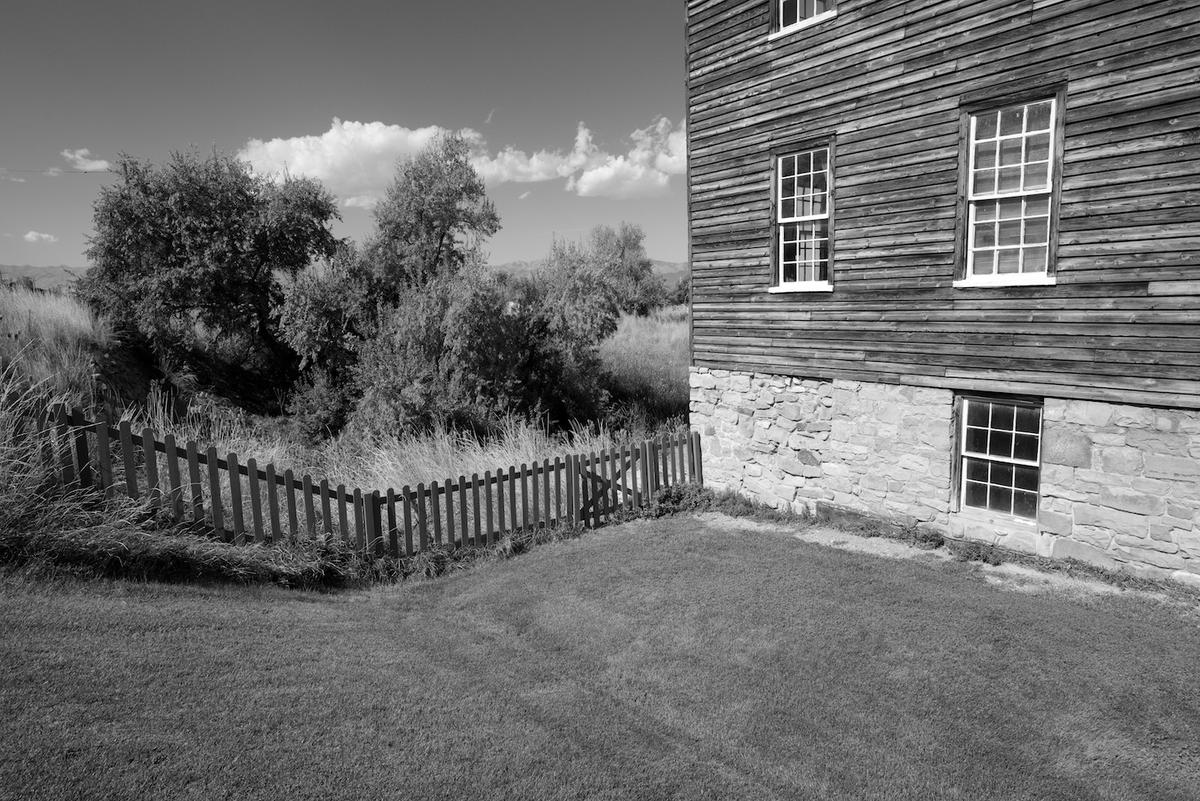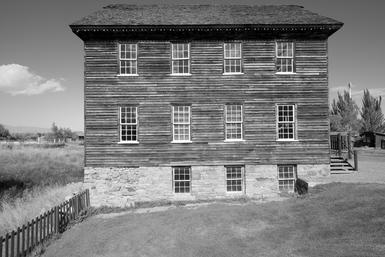MTG with Sarah Kennel
Now that I am feeling better since hip surgery 5 weeks ago I've been shooting a little (but I still can't get through a full day as my endurance isn't up to where it needs to be), printing and I find myself in a few meetings as well.
I met this past week with the new-since-last-September curator of photography Sarah Kennel at the Peabody Essex Museum in Salem. Sarah came to my studio to look at my work. This was the first time we'd met. Sarah comes to the PEM from nine years at the National Gallery in Washington, DC.
We had a great time. I used to dread these presentations, feeling nervous and insecure and probably wanting too much from one meeting. But I realized over the past few years that I really enjoy them now. What a great opportunity to have a one on one with someone who has invested in spending the time to look at your work, to discuss it and to fit it into a larger sphere historically, culturally and aesthetically.
Sarah was terrific; telling stories, looking with real concentration at the work and sharing from her own experiences both in Washington but also in her new position.
When someone has had a long career such as myself it is challenging to know what to show a curator for the first time. What I do now is ask them to choose a few portfolios from the gallery page on my site. That's just what Sarah did and she listed them in an email before we met so that I could make sure the portfolios were ready to view when she arrived. We started that morning with the Oakesdale Cemetery series from the mid 90's (here). This was a good choice as it brought Sarah into an approach to making photographs that spans over forty years of making series work. While Oakesdale is certainly not the first of the series work it is as close to seminal as anything I've done.

(When we laid out the book the designer and I used four from Oakesdale Cemetery for the cover of my monograph published in 2006.)
From there Sarah and I moved on through a few portfolios she had mentioned she wanted to look at. After those I had pulled two more I hoped she'd be willing to see. This can be tricky as people get fatigued by looking at too much work. Invariably they say that they can look at more but one can only absorb so much. So what we did was too look at one series that were lighter, simpler, perhaps prettier or less substantive. These gave us a chance to simply enjoy pictures without needing to do any heavy lifting. The pictures were the aerials from Martha's Vineyard known as "Waves" (here). They are simply a visual and sensual delight and gave us a nice break. This led us to a discussion of Sarah's move from D.C. to the North Shore of Boston late last summer and how she has yet to explore the area with her family. She is from California. Can you imagine being new to this area? So beautiful here. She has much to discover.
For the last series, as we were well into our second hour and we both had commitments coming up that same day, I chose to show her the Benson Gristmill Series I made last fall (here). Why those? Because they show the way I am working in series now as opposed to the Oakesdale work from 1996 made twenty years ago. Hopefully, the refinement shows. They are very much "the same but different". The same: black and white, high print quality, tightly sequenced and describing a walk through a given and defined space. Different: digital, rectangles instead of squares, a wider lens, bigger prints and a different sensibility informed by what photography is now and my perception of it that has been altered by the past twenty years. The Gristmill series is also very dense and takes real concentration. Sarah gave it her full attention.
BTW: I wrote a couple of posts about the series after I printed them:
 This was one Sarah liked very much.
This was one Sarah liked very much.
Unusual for me to admit this but as we were looking over the last few prints in the series I shared my lack of resolution about how to end the body of work. Sarah had an idea that made a whole lot of sense, why the series should end a certain way. Now the last image in the series is this one:

The reasoning is hard to appreciate on a small monitor on line but the print drives the point home. The prints in this series are made on 22 x 17 inch paper. Only the center branch and leaves are sharp in this image, as though the intent is to hone in on one small part. This is something photography can do so very well. Notice the way the photograph is laid out, the out of focus building in the back serving as the backdrop for the small leaves in the foreground, the two trees there to frame the image. It's a fitting end to the series for the whole body of work is about this, this hyper way of looking at things, something so many of us do as we really photograph, as we turn our attention to the ordinary with a heightened sense of awareness.
I have Sarah to thank for this revelation. She found a strong conclusion rather than something that read like a run-on sentence. That's it right there. What good curating is like. You know how an author really needs a good editor? Well, that's it. Often artists need good curation.
Thanks to Sarah Kennel for a wonderful and insightful meeting. I look forward to more.

